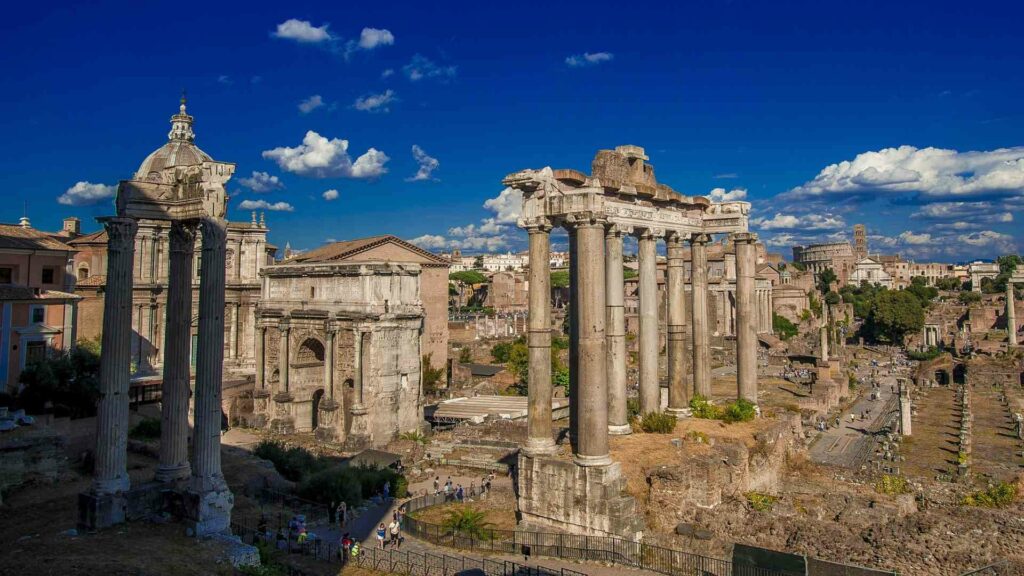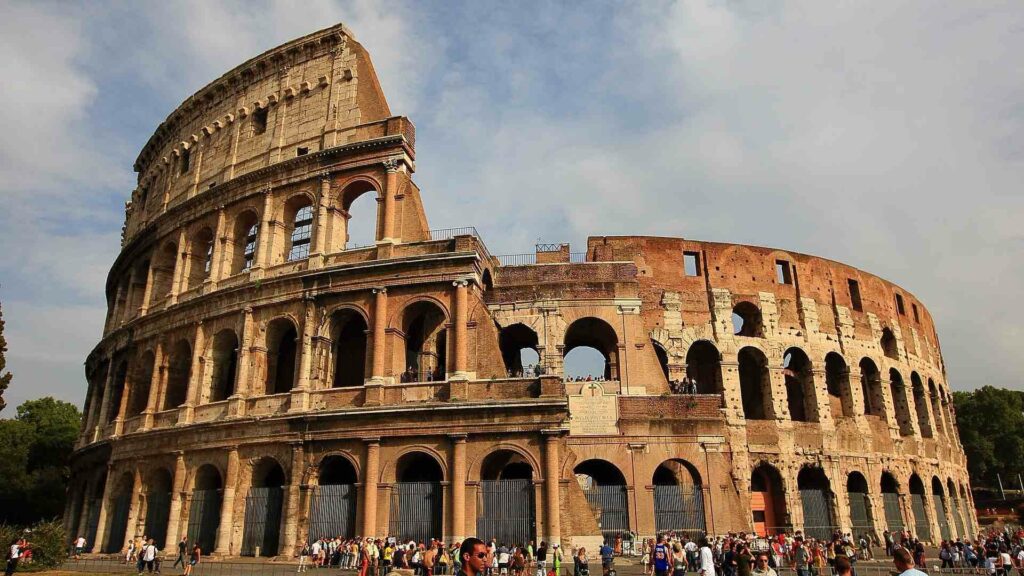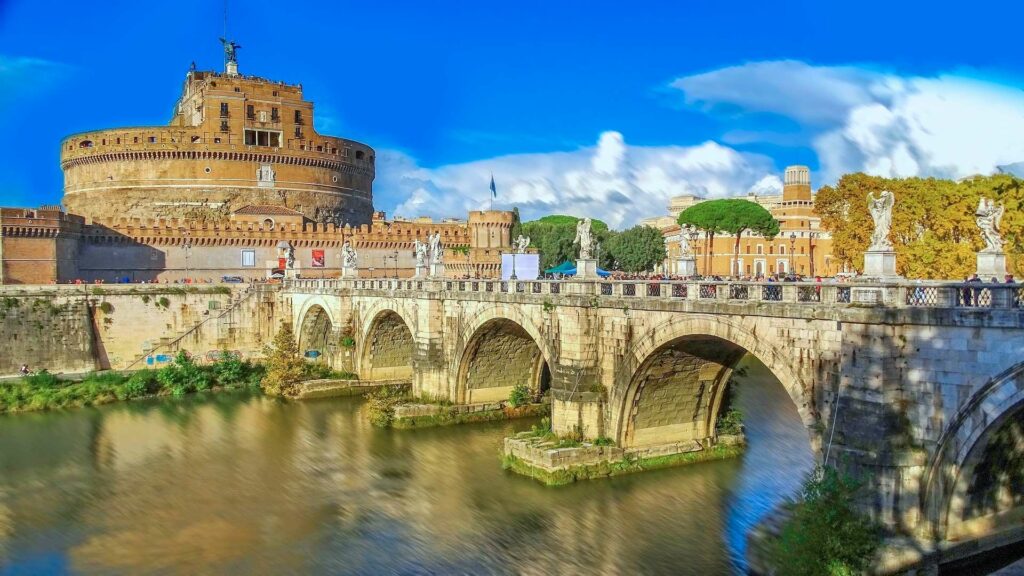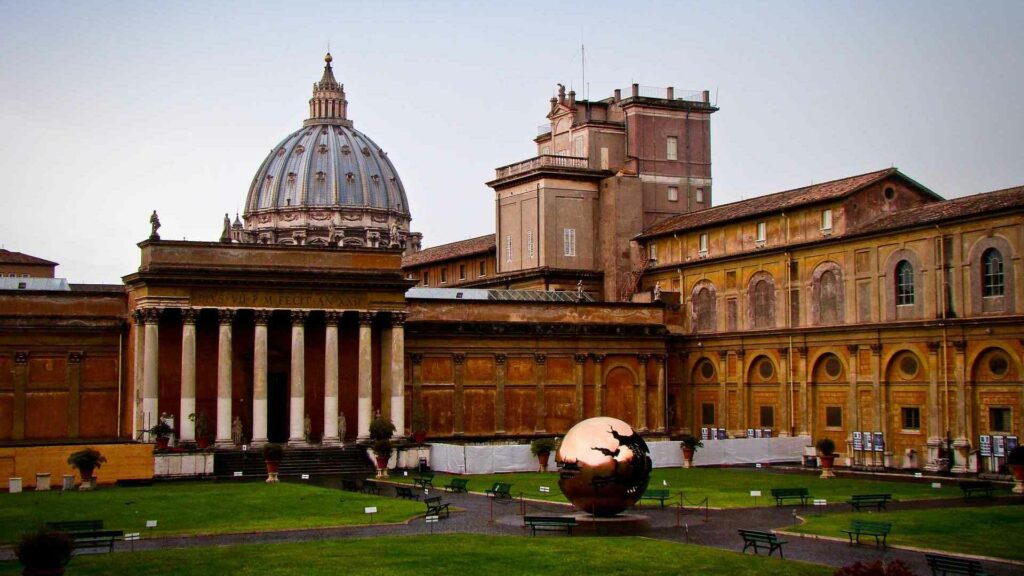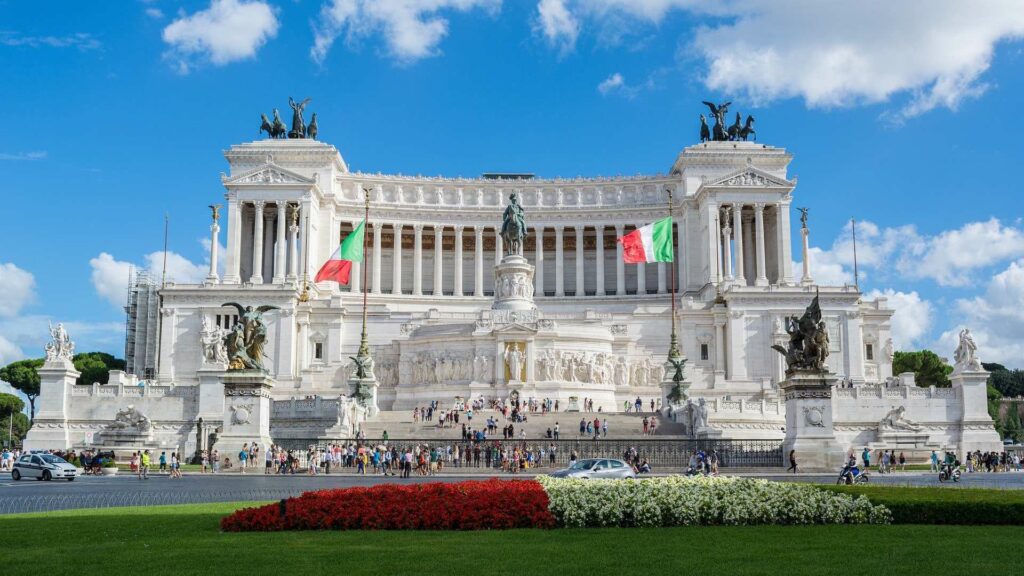It might sound obvious for those living in Rome, but having a stroll through one of the historical parks of the city and enjoy of such a museum is a truly exclusive experience! Our guests can easily walk there.
A flat for a luxurious holiday in Rome cannot be far away from such a charm.
Galleria Borghese and its masterpieces
Built at the beginning of the 17 th century, Villa Borghese, today hosting the Galleria, is inside the huge namesake park, one of the most beautiful of Rome.
Camillo Borghese, exponent of the Senese family established in Rome since the early 1600s, who became Pope in 1605 under the name of Paul V, was a great patron, above all of architects, and art collector. In this venture, he was supported by his beloved nephew, cardinal Scipione Caffarelli Borghese, aficionado of all kinds of ancient, renaissance or contemporary art directed towards a new golden age. He thoroughly searched for ancient sculptures and favoured the creation of sculptures by great artists that could be compared to the ones from the past.
The Villa was built under the supervision of Flaminio Ponzio, starting in 1607 until 1613, and finished by Giovanni Vasanzio. The facade is characterized by bas relieves and ancient sculptures, a taste of the art treasures within the museum. The building was designed in order to blend in with the natural surroundings, accentuating its app
The art pieces you’ll find here are sculptures, ancient bas relieves and mosaics, paintings and more sculptures made between the 15 th and the 18 th century. The collection includes masterpieces by Antonello da Messina, Giovanni Bellini, Raffaello (Deposition), Tiziano (Sacred and Profane Love), Correggio (Danae), Caravaggio (Boy with a Basket of Fruit), sculptures by Gian Lorenzo Bernini (Apollo and Daphne) and Canova’s. The portait sculpture of Paolina Borghese, young wife of the Roman prince and sister of Napoleon, belongs to the latter, realized between 1805 and 1808. In 1807, Napoleon imposed to Camillo Borghese to sell numerous art pieces such as statues, busts, bas relieves, columns, all now part of the Borghese fund in the Louvre.
The renovation of the decorative elements of the rooms is close to the neoclassical style. The renovation started in 1770 and many great artists of those times were involved, such as painters (Mariano Rossi, Anton von Maron, Nicolò Lapiccola, to name a few) and sculptors such as Vincenzo Pacetti, Agostino Penna Tommaso Righi, and silversmith Luigi Valadier.
The style renovation was supervised by architect Antonio Asprucci, commissioned by Marcantonio IV Borghese, that put ancient sculptures at the centre of every room, linking the decorative themes of each. Such criteria have stayed the same, in spite of the change of art pieces, as is the charm of such a fantastic exhibition center.


